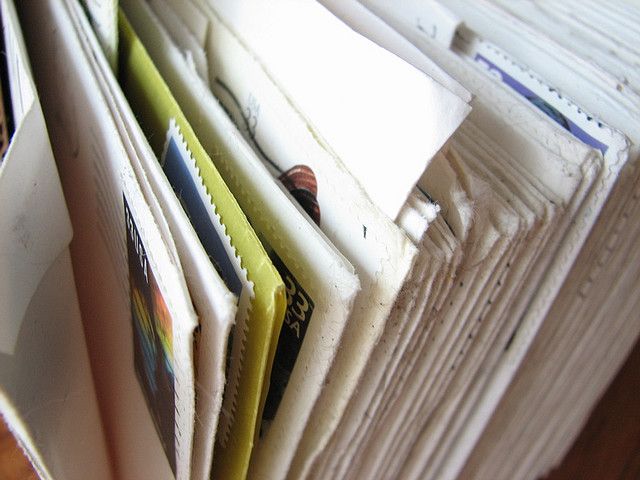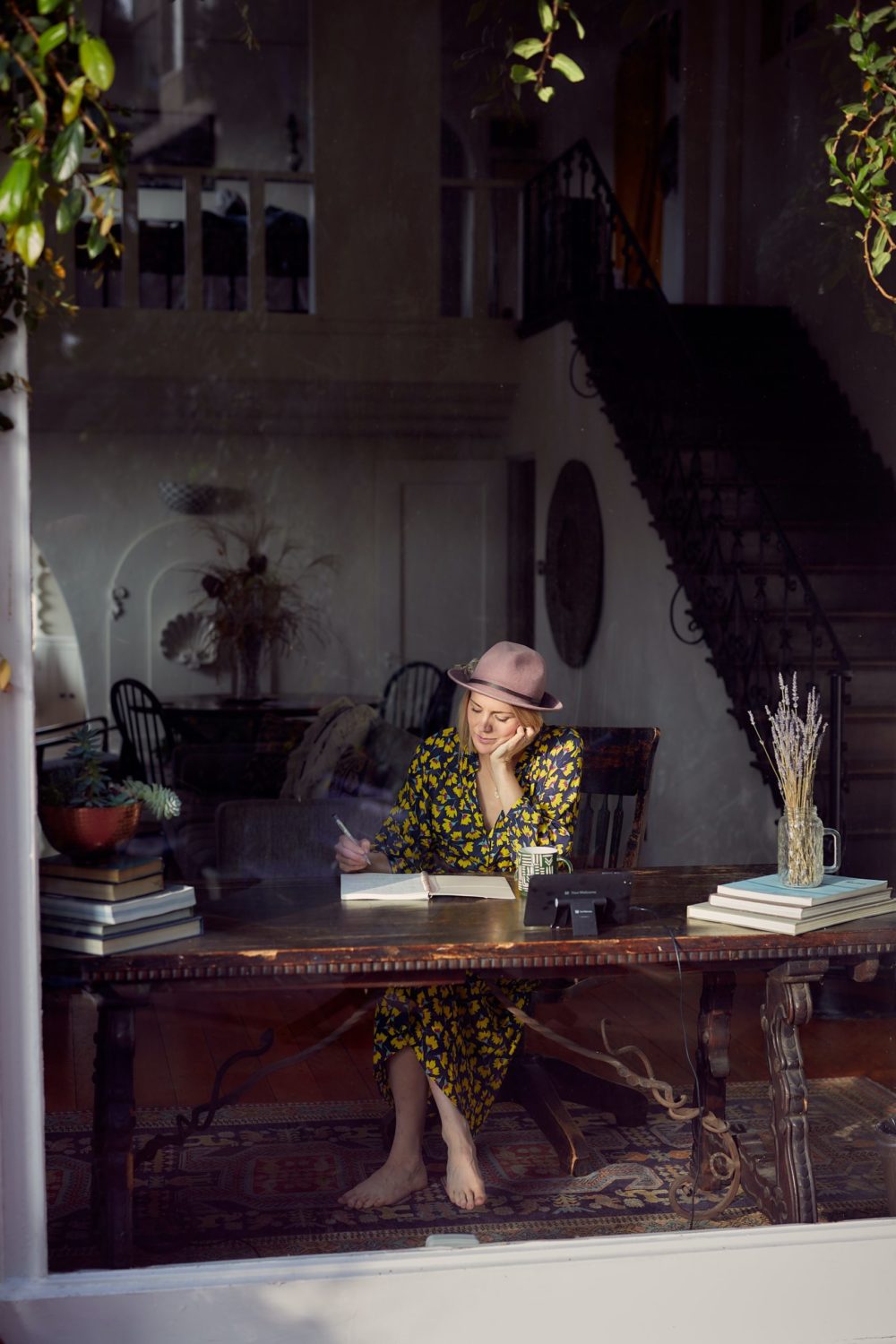When I was still living with my parents, they urged me to write a thank you note to everyone who’d given me a Christmas gift. During the flurry of gift opening, my mom would carefully keep track of who got everyone what, which made the process of composing each note a bit simpler. During my youth, consulting her list and writing thank yous felt like quite the chore, but now I realize its value.
Although our tablets and smart phones have given us many ways to show our appreciation via Facebook messages, texts, tweets, and ’grams, a handwritten letter still takes the cake—and even more so because we have all of these more convenient methods. Garrison Keillor encourages letter writing (of any kind) because the medium alone means as much as its content:
“Such a sweet gift—a piece of handmade writing, in an envelope that is not a bill, sitting in our friend’s path when she trudges home from a long day spent among wahoos and savages, a day our words will help repair.” ( “How to Write a Letter”)
Add sincere gratitude to that sweet gift, and you have something truly special.
But how to begin? After cranking out e-mail upon e-mail, sitting down with a pen and card may feel a bit uncomfortable. Here are a few tips for writing a thank you note. Letters may be old-fashioned, but they’ll never go out of style.
1. It’s never to late to say “Thank You.” I once read that Jackie Kennedy would write a thank you note immediately after receiving a gift or being a guest in someone’s home. Her attentiveness to this practice and other social customs is admirable, but don’t let a little delay on your part stop you from writing thanks at all. Set your guilt aside, don’t get caught up apologizing for not writing immediately, and just begin by expressing your gratitude.
2. Use stationery. This tip has two major benefits: By selecting nice stationery, you’re showing the reader that you put a little thought and effort into the process beyond the actual note inside. (A piece of paper yanked from the printer is better than nothing, though!) Also, writing on stationery that suits your style will make the process more enjoyable for you. The more enjoyable the process is for you, the more natural it will seem. Finally, your stationery doesn’t have to be “Thank You”-specific. There’s are oodles of Thank You cards out there, but a pretty card suitable for any occasion will do just fine.
3. Take your time. Rushing a thank you note will likely lead to illegible handwriting, spelling mistakes, and generalizations (like “Thank you for X. It means ver so much. Hope you are well.”) Rather, make sure your words are readable, and spend a few sentences describing what you like about the gift and why you cherish it. For example, “Thank you for the beautiful lavender scarf. It’s just my style! I’ve already worn it ice skating, and it helped me stay warm and cozy…”
4. Be yourself. Letter writing may feel like a strictly formal genre because it comes with a long history, but you don’t have to be stiff—just be yourself! Express your sense of humor, your quirks, your lightness, and your joy—especially if you’re writing to someone that you already know well.
5. Go beyond thanks. You don’t have to write exclusively about the gift. Give you note a little body and meaning by sharing a funny story from the holidays or inquire about the recipient’s plans for the new year, her job, or her dog—anything that means a lot to her.
More writing tips: How to Be a Better Writer
The Best Writing Tip I Ever Received
5 Ways to Journal Through Pain
__
Photo: Lenore Edman via Flickr





